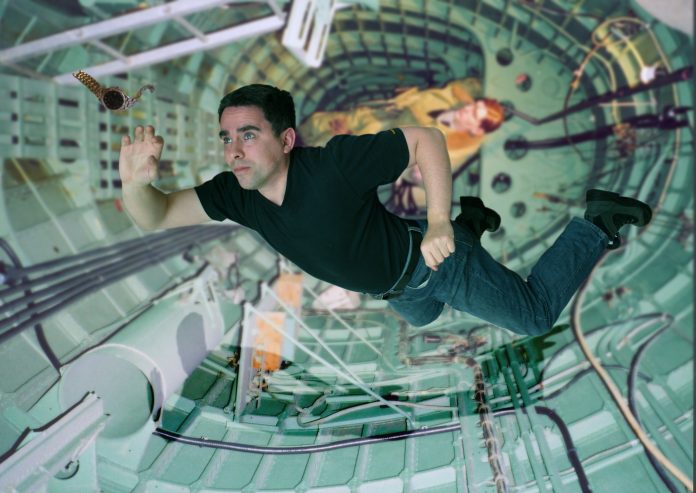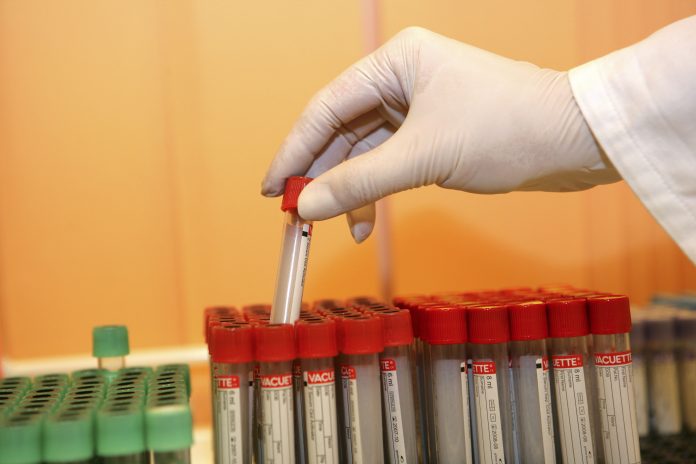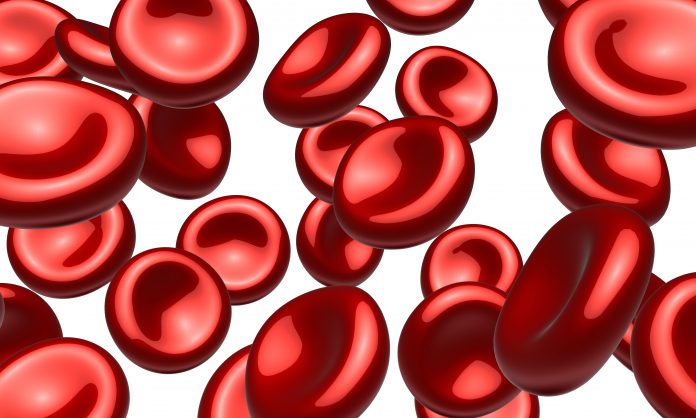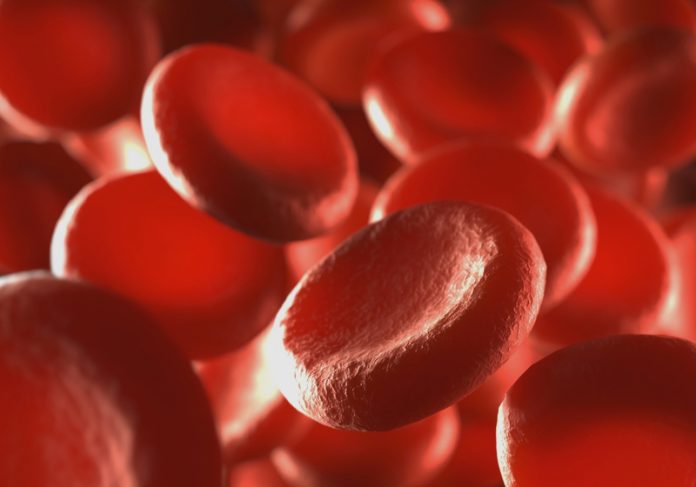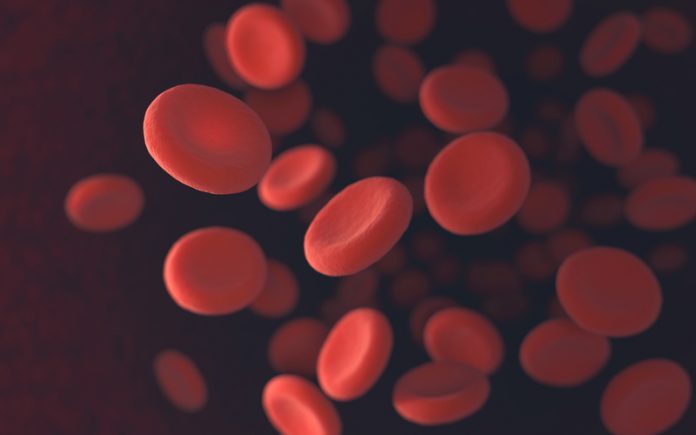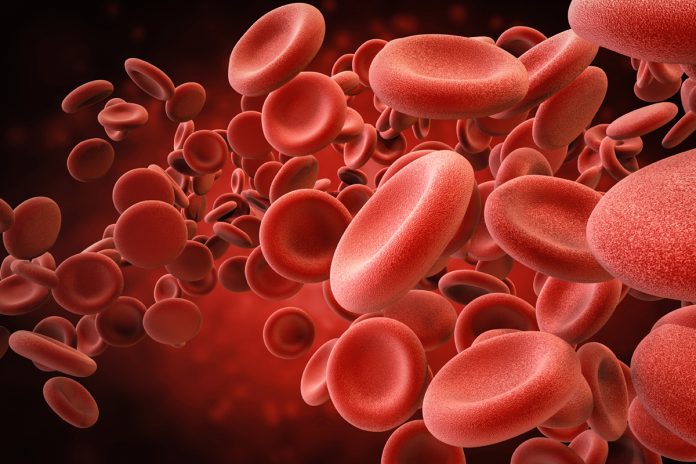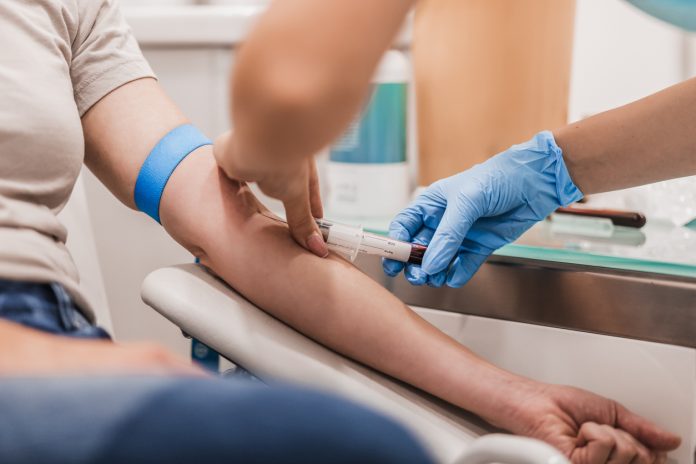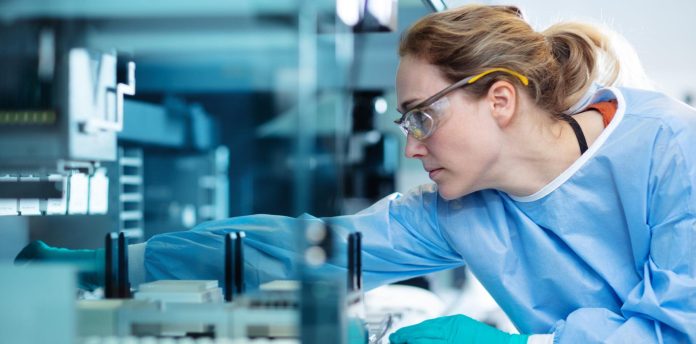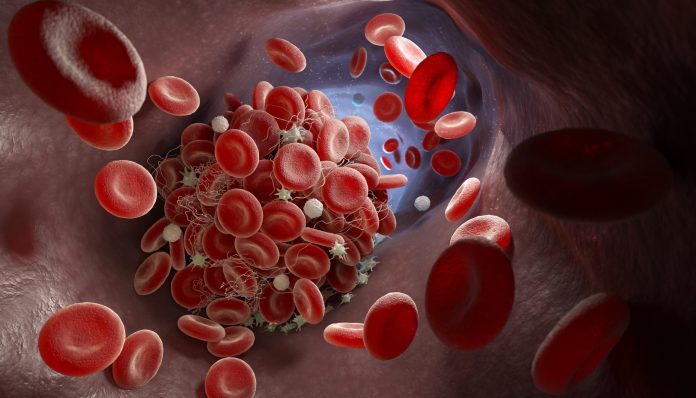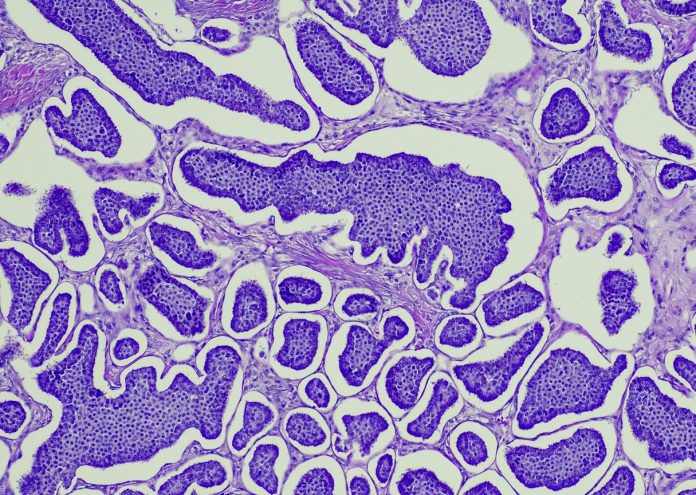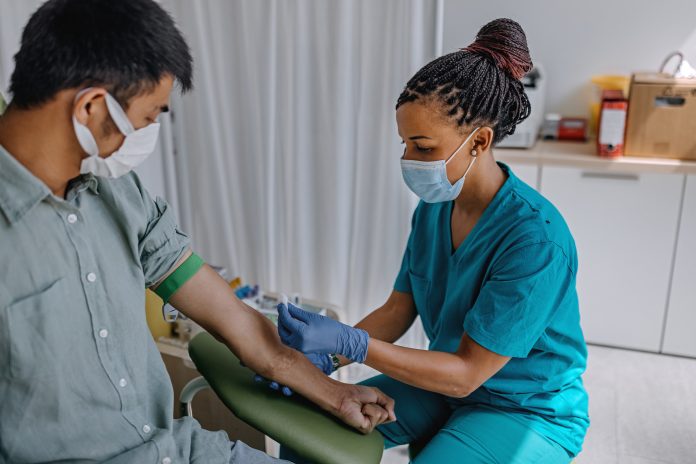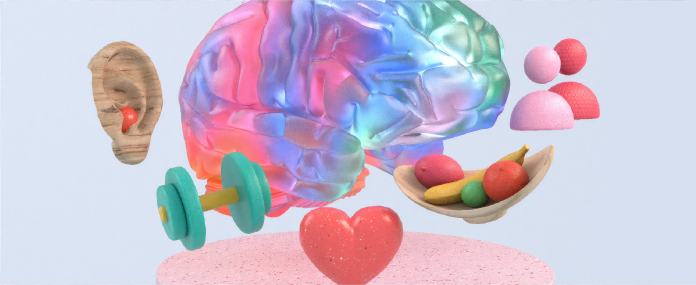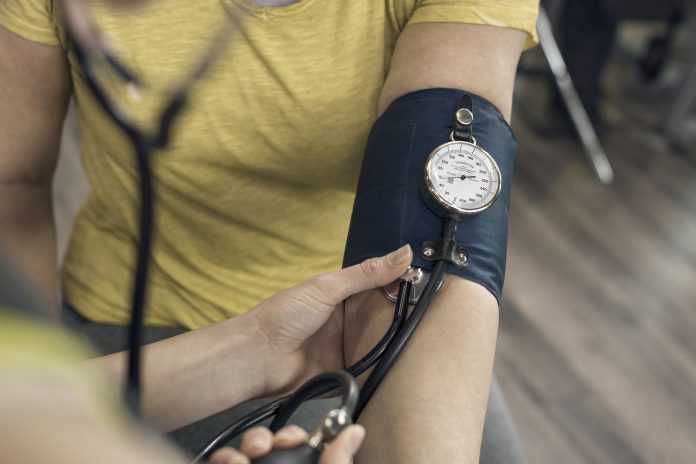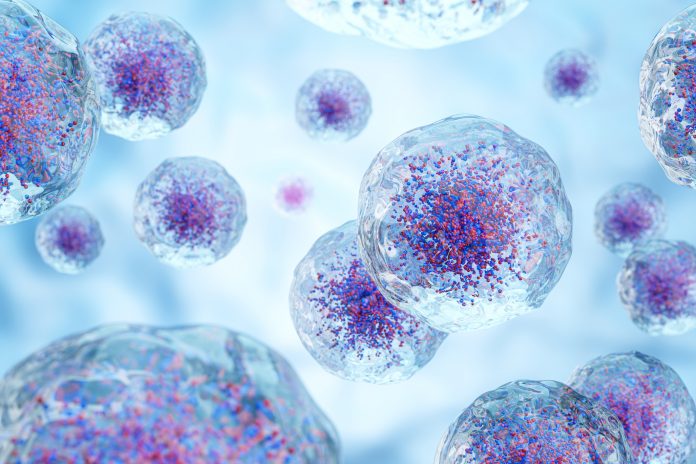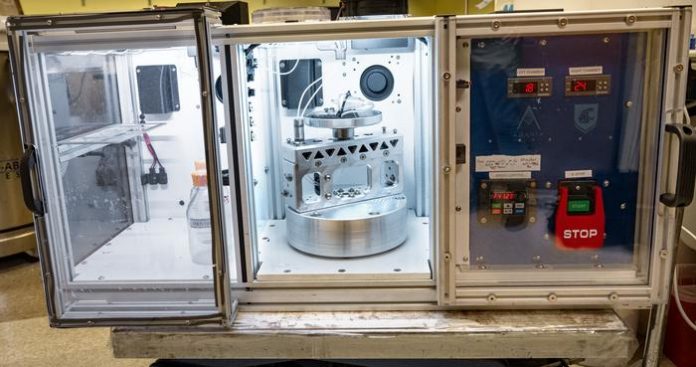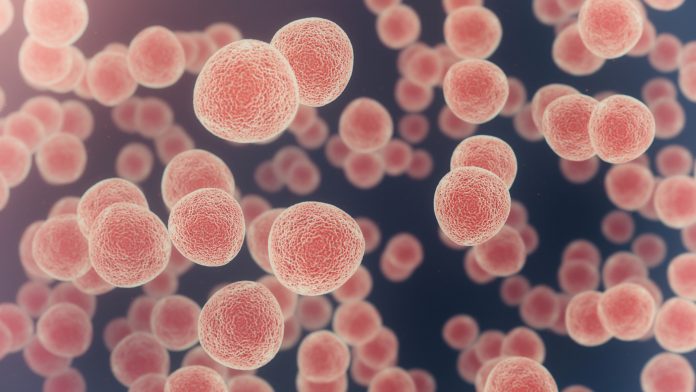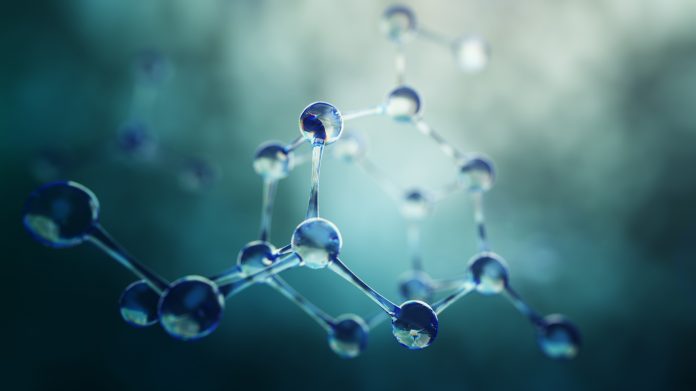Home Search
red blood cell - search results
If you're not happy with the results, please do another search
Concerns over space travel’s effect on red blood cells and bone health
Space travel's impact on red blood cells and bone health is a growing concern. A study of 14 astronauts reveals that bone marrow fat might be vital to restoring these crucial elements.
Developments in red blood cells at the Mount of Truth
The European Red Cell Society’s met the partners of the EU intellectual training network RELEVANCE at Mount of Truth in Ascona, Switzerland to discuss the latest progress.
Red blood cells meets physics. Physics meet red blood cells
Professor Anna Bogdanova, University of Zurich, explores the relationship between red blood cells and physics, in this in-depth analysis.
Neocytolysis: When young red blood cells die first
International researchers are investigating the molecular processes involved in premature clearance from the circulation of young blood cells formed at high altitude after a descent
Do we know what red blood cells look like?
Anna Bogdanova, Professor and Head of Red Blood Cell Research Group at the University of Zurich explains how we know how red blood cells look like and if so, what they tell us
RELEVANCE of red blood cells and why do we care about them
Anna Bogdanova from University of Zurich lifts the lid on the vital role of red blood cells in keeping the human brain running and heart beating
Billions of red blood cells run in our veins providing us with oxygen. They keep our brain running, heart beating and muscles bringing us...
Blood test predicts breast cancer recurrence years in advance
In a significant advancement for breast cancer treatment, a new blood test has shown the ability to predict the recurrence of breast cancer up to three years before tumours become detectable through conventional scans.
T cells successfully fighting cancer
Else Marit Inderberg and Sébastien Wälchli from Oslo University Hospital explore what we need to know about T cells successfully fighting cancer.
Assessing blood clot risk in venous catheter selection for patients with haematological cancers
Venous catheters enable patients with haematological cancers to receive vital chemotherapy. However, there is a risk of thrombosis. Consultant Haematologist Priya Sriskandarajah analysed a group of patients with haematological cancers to study the implications of catheter selection.
Are nanotextures enough to kill cancer cells?
Nanotextures on nanoparticles and implants to kill cancer cells in a more targeted manner may just be the key to tackling resistance to traditional cancer drugs.
Meal replacements: An educational tool for weight reduction in patients with diabetes in rural...
Richard J Santen, Emeritus Professor of Medicine at the University of Virginia, discusses how meal replacements can aid successful weight loss for individuals with diabetes living in rural, underserved communities.
Why giving blood is one of the best things you can ever do?
Ever thought about giving blood? Around 2.5 million litres of blood are transfused annually in the UK, but do we know about giving blood? Is it safe? What happens when you donate? Are there any risks? Here is all the information you need
Dementia prevention: Raising awareness about dementia and risk reduction
We hear from Dr Anthony J. Levinson, who is part of an academic group developing evidence-based online resources to complement dementia prevention strategies and support care partners.
Why are postmenopausal women more at risk of high blood pressure?
It may surprise you to know that 60% of women over the age of 65 have high blood pressure. So why are postmenopausal women more at risk of high blood pressure? Let's find out.
Researchers reveal blood cell traits influence risk of rare blood cancer
Scientists have revealed how common variations in our blood cells can act as unexpected allies to cancer-causing mutations.
Rapid cell production for cancer treatment achieved by new machine
A new method for quickly growing cancer-killing white blood cells can potentially enhance the accessibility of immunotherapy.
Bio-inspired design approaches to artificial blood technology: Oxygen carriers
Allan Doctor, MD, Professor of Pediatrics at the University of Maryland School of Medicine, shares his expertise on bio-inspired design approaches to artificial blood technology: oxygen carriers.
Probing the individuality of cells and molecules
Sotaro Uemura, Professor at the University of Tokyo, probes the individuality of cells and molecules.
CBOTH: Therapeutic development in blood oxygen transport and hemostasis
Oxygen (O2) transport and hemostasis are central to human adaptation to stress/injury and to disease pathobiology.
Can listening to classical music reduce babies’ pain levels?
A new study suggests that playing Mozart's lullaby may reduce pain levels in newborn babies undergoing heel prick blood tests.


